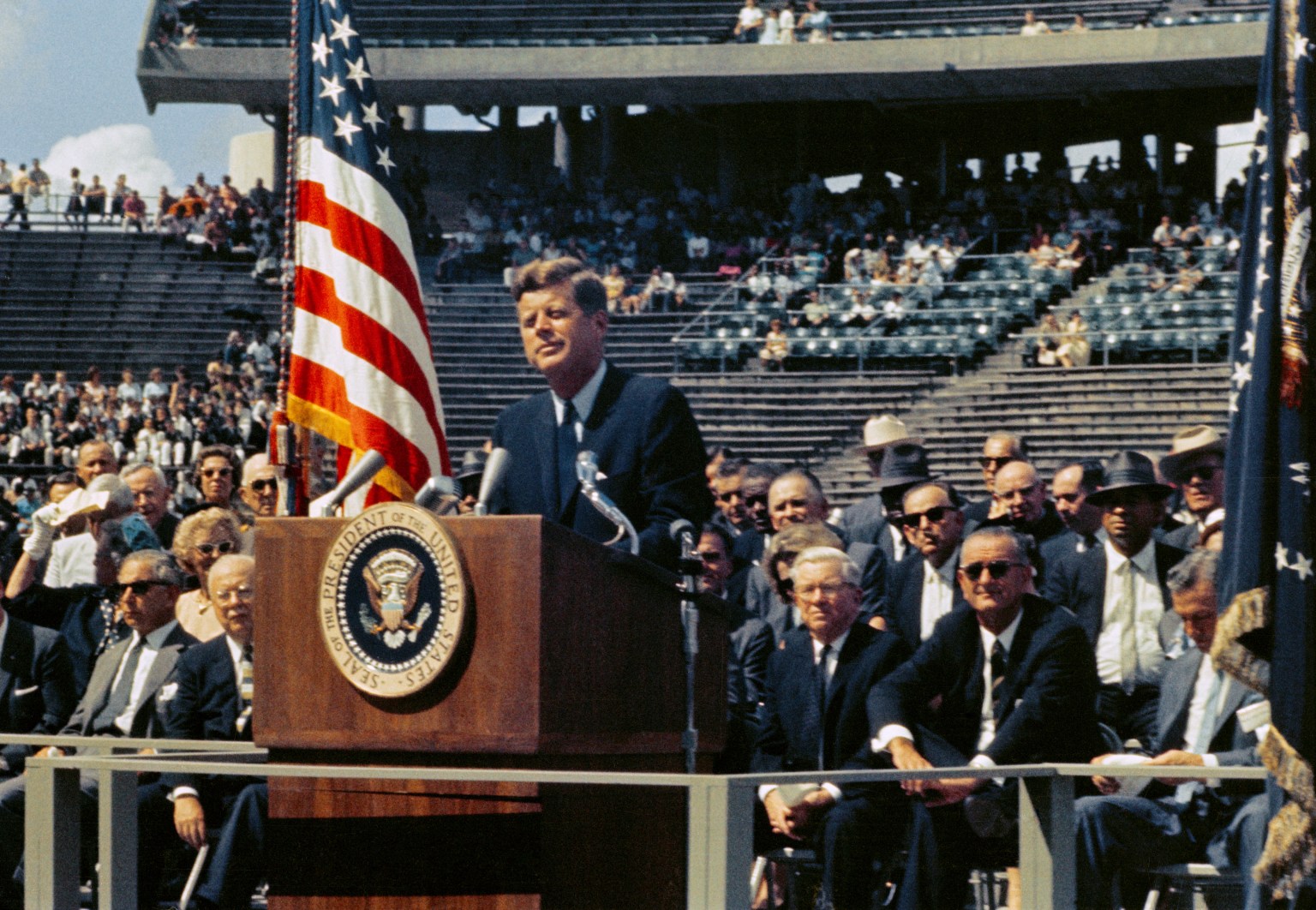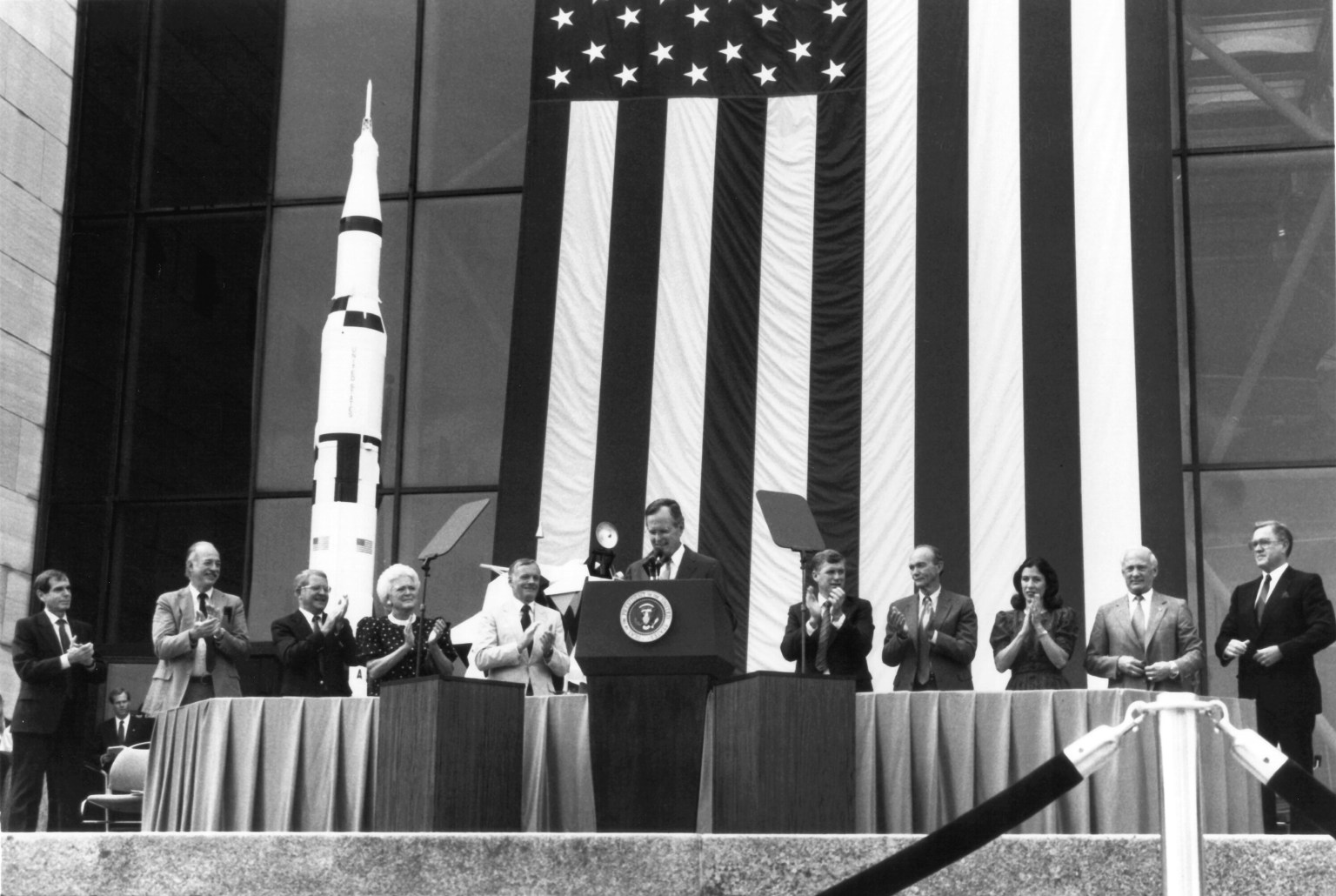Statement of Mr. Joseph H. Rothenberg, Associate Administrator for Space Flight
As the result of ascent anomalies experienced on STS-93, I asked Dr. Henry McDonald (Center Director, Ames Research Center), on September 7, 1999, to lead an independent technical team to review the Space Shuttle systems and maintenance practices. The team, comprised of NASA, contractor, and DOD personnel, looked at NASA practices, Space Shuttle anomalies, and civilian and military aeronautical experience. My goal for this study was to bring to Space Shuttle maintenance and operations processes a perspective from the best practices of the external aviation community, and where applicable/appropriate, apply these practices to the Space Shuttle.
This report fully endorsed the continuation of Space Shuttle flights after disposition of the team’s immediate recommendations. Additionally, the Space Shuttle Independent Assessment Team (SIAT) was continually impressed with the skill, dedication, commitment and concern for astronaut safety and the entire Space Shuttle workforce.
The SIAT documented many positive elements during the course of their interviews with the Space Shuttle NASA/contractor workforce. Particularly noteworthy were the observations dealing with the skill and dedication of the workforce.
Independent assessments, like the SIAT, have been used repeatedly throughout the history of the Space Shuttle program. NASA’s goal for these independent assessments has been to identify opportunities to improve safety. The SIAT report will provide additional input to the full range of activities already underway associated with Space Shuttle upgrades, including maintainability, processes for shuttle safety and quality control. This report brings to Space Shuttle maintenance and operations processes a perspective from the best practices of the external aviation community.
The SIAT focused their activities on eleven technical areas: Avionics, Human Factors, Hydraulics, Hypergols and Auxiliary Power Unit, Problem Reporting and Tracking Process, Propulsion, Risk Assessment and Management, Safety and Mission Assurance, Software, Structures, and Wiring. They documented 81 recommendations in four categories:
- Four recommendations identified as Immediate (Solutions required prior to return to flight). In this category were the following recommendations:
- “The reliability of the wire visual inspection process should be quantified (success rate in locating wiring defects may be below 70% under ideal conditions).”
- “Wiring on the Orbiter Columbia [currently at Palmdale, CA, for its periodic down period for inspections and modifications] should be inspected for wiring damage in difficult-to-inspect regions. If any of the wires checked are determined to be especially vulnerable, they should be re-routed, protected, or replaced.”
- “The 76 CRIT 1 areas should be reviewed to determine the risk of failure and ability to separate systems when considering wiring, connectors, electrical panels, and other electrical nexus points. Each area that violates system redundancy should require a program waiver that outlines risk and an approach for eliminating the condition. The analysis should assume arc propagation can occur and compromise the integrity of all affected circuits. Another concern is that over 20% of this wiring can not be inspected due to limited access; these violation areas should as a minimum, be inspected during heavy maintenance and ideally be corrected.”
- “The SSP should review all waivers or deferred maintenance to verify that no compromise to safety or mission assurance has occurred.”
The above recommendations were reviewed and dispositioned prior to the Flight Readiness Review for STS-103 (the first flight following the stand-down of the orbiter fleet for wire inspections).
- Thirty-seven recommendations identified as Short-Term (Solutions required prior to making more than four more flights)
- Thirty recommendations identified as Intermediate (Solutions required prior to January 1, 2001)
- Ten recommendations identified as Long-Term (Solutions required prior to January 1, 2005)
The Office of Space Flight applauds the work and dedication of the SIAT on what is part of a continuing process to improve the safety of the Space Shuttle system. The Space Shuttle Program Office is outlining a plan to address all recommendations. It is expected that actions to be taken in response to this report will cover near-term and long-term strategies that will lead to the development and infusion of new technologies and practices.



























